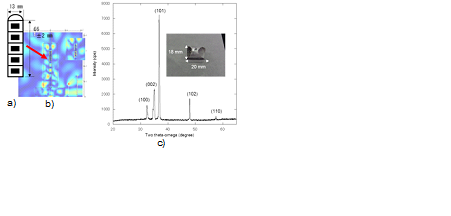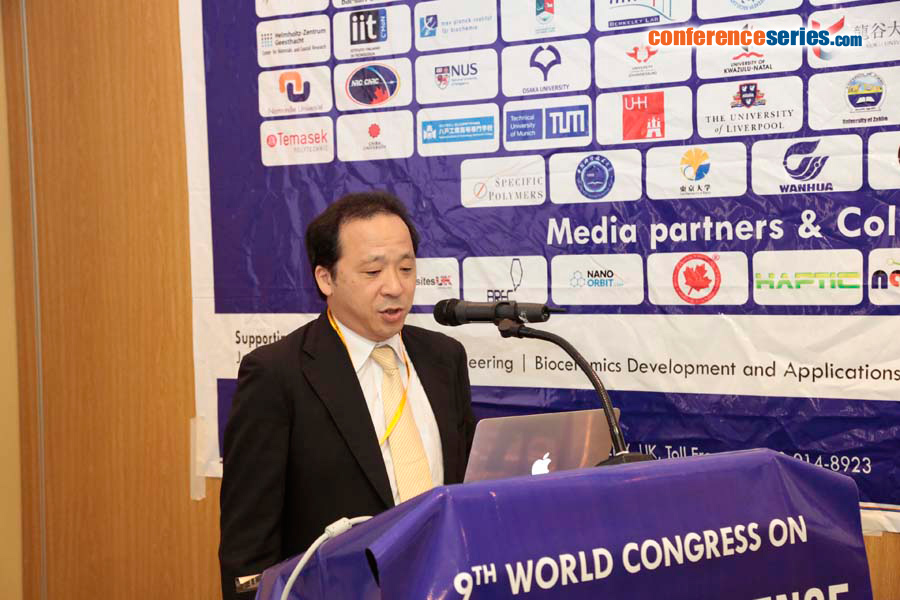
Satoshi Fujii
National Institute of Technology, Okinawa College, Japan
Title: Study on chemical reaction under microwave irradiation
Biography
Biography: Satoshi Fujii
Abstract
Chemical reactions performed under microwave irradiation often demonstrate high reaction rates and high selectivities, which allows for more compact reactors and more energy-efficient processes than conventional heating methods. Consequently, our group has discovered a new chemical reaction, performed with a self-processing microwave irradiation source. We have proposed a solid-state microwave source with an ultra-precise oscillator and/or injection-locked magnetron that can be used to achieve reproducible results in microwave-mediated chemical reactions. These microwave effects can be classified into two types: thermal effects, which arise from the temperature increase caused by microwaves, and non-thermal effects, which are attributed to the interactions between the substances and the oscillating electromagnetic fields of the microwaves. For thermal effects, we have demonstrated that a silver-nanoparticle-coated polyimide thin film, which was synthesized via a microwave–mediated sintering process, displayed conductivity seven-fold greater than that of the film formed in a conventional furnace. We have developed a novel microwave-driven Pidgeon process to produce Mg metal with less energy consumption and no direct CO2 emission. An antenna structure, consisting of dolomite as the Mg source and a ferrosilicon antenna as the reductant, was used both to confine the microwave energy emitted from the magnetron in the microwave oven and to produce a practical amount of pure Mg metal. This microwave Pidgeon process with an antenna configuration made it possible to produce Mg with an energy consumption of 58.6 GJ/t, corresponding to 68.6% reduction compared to the conventional method. For non-thermal effects, we demonstrated the microwave-enhanced electrolysis of water to generate O2 using a α-Fe2O3 electrode with induction by pulsed microwave irradiation under a constantly applied potential.

Figure 1: a) Antenna structure and b) Electric field distribution in the applicator, and c) X-ray diffraction and photo image of Mg obtained by microwave Pidgeon method.
Recent Publications:
1.Fujii S (2014) Chemical reaction under highly precise microwave irradiation. Journal of Microwave Power and Electromagnetic Energy 48: 89-103.
2.Fujii S (2016) Injection-locked magnetron using a cross-domain analyzer. IEEE Microwave and Wireless Components Letters 26: 966-968.
3.Fujii S (2015) Microwave sintering of Ag-nanoparticle thin films on a polyimide substrate. AIP Advances 5: 1-11.
4.Wada Y, Fujii S (2017) Smelting magnesium metal using a microwave Pidgeon method. Sci. Rep. 7: 46512.
5. Kishimoto F, Fujii S (2016) Enhancement of anodic current attributed to oxygen evolution onα-Fe2O3 electrode by microwave oscillating electric field. Sci. Rep. 6: 35554.


